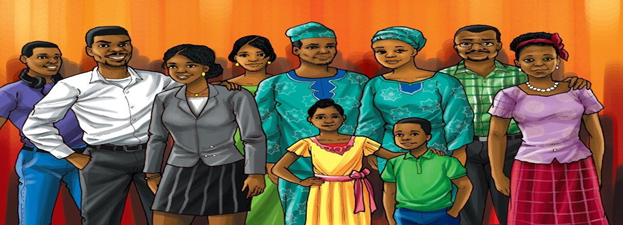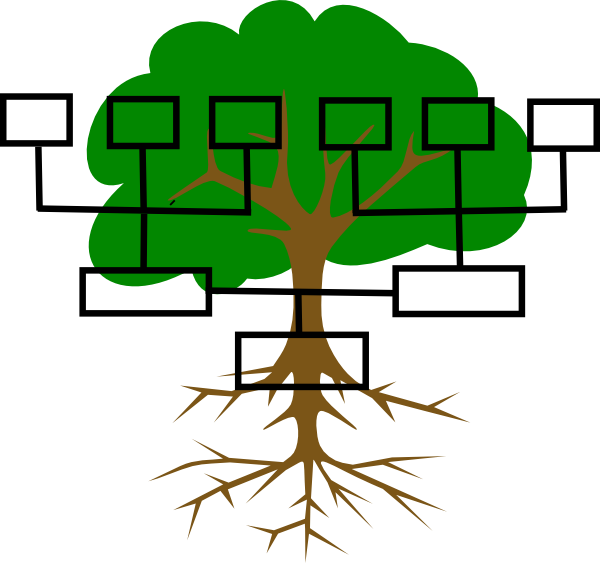Lesson Notes By Weeks and Term - Primary 5
FAMILY
WEEK 1
SUBJECT: SOCIAL STUDIES
TERM: 1ST TERM
CLASS: PRIMARY 5
Topic: Family
Subtitle: Nuclear and extended Family
Learning Objectives: At the end of this this lesson, pupils should be able to:
Resources and materials:
Scheme of work
Online information
Building Background/connection to prior knowledge: pupils are familiar with numbers in hundred, tens and units from their previous classes.
Meaning and members of a nuclear family
Family is defined as a group of people that are related by blood, marriage or by adoption. Everybody in the society belongs to one family or another; family can be small or big.
We know that the family is a group of people related by blood, marriage or social relationship. We also know that our family is made up of ourselves, our father, our mother, our brothers and our sisters. The blood relations of our father and mother are also members of our family. They are part of the extended family. They have their own families, but some of them live with our family for some time.

Our grandparents (grandfathers and grandmothers) sometimes visit us, and may want to stay around for a while. We should respect them, go on errands for them, and help to make them comfortable. They are the parents of our parents. As a result, we should give them more respect. Sometimes, other people who are not our blood relations live in our house. Anybody who lives in our house is a member of our family. We should live happily with them. We should not refuse to play or associate with them, because they are not our relations.
Types of Family
There are two types of family; they are:
Nuclear family
A nuclear family is a simple family made up of a father, a mother and their children. In other words, nuclear family can also bereferred to as immediate family. The members of a nuclear familyare father, mother, sons and daughters.

A nuclear family
Extended family
An extended family refers to all the people that are related by bloodthrough
one’s father or mother. It is made up of many nuclear families. The members of an extended family include:
When our relations like uncles, aunts and cousins are from ourmother’s side they are known as maternal relations, but when they arefrom our father’s side, they are known as paternalrelations.

An extended family

Assessment & Evaluation:
WRAP UP(CONCLUSION)
Teacher goes over the topic once again for better understanding.
Assignment:
© Lesson Notes All Rights Reserved 2023